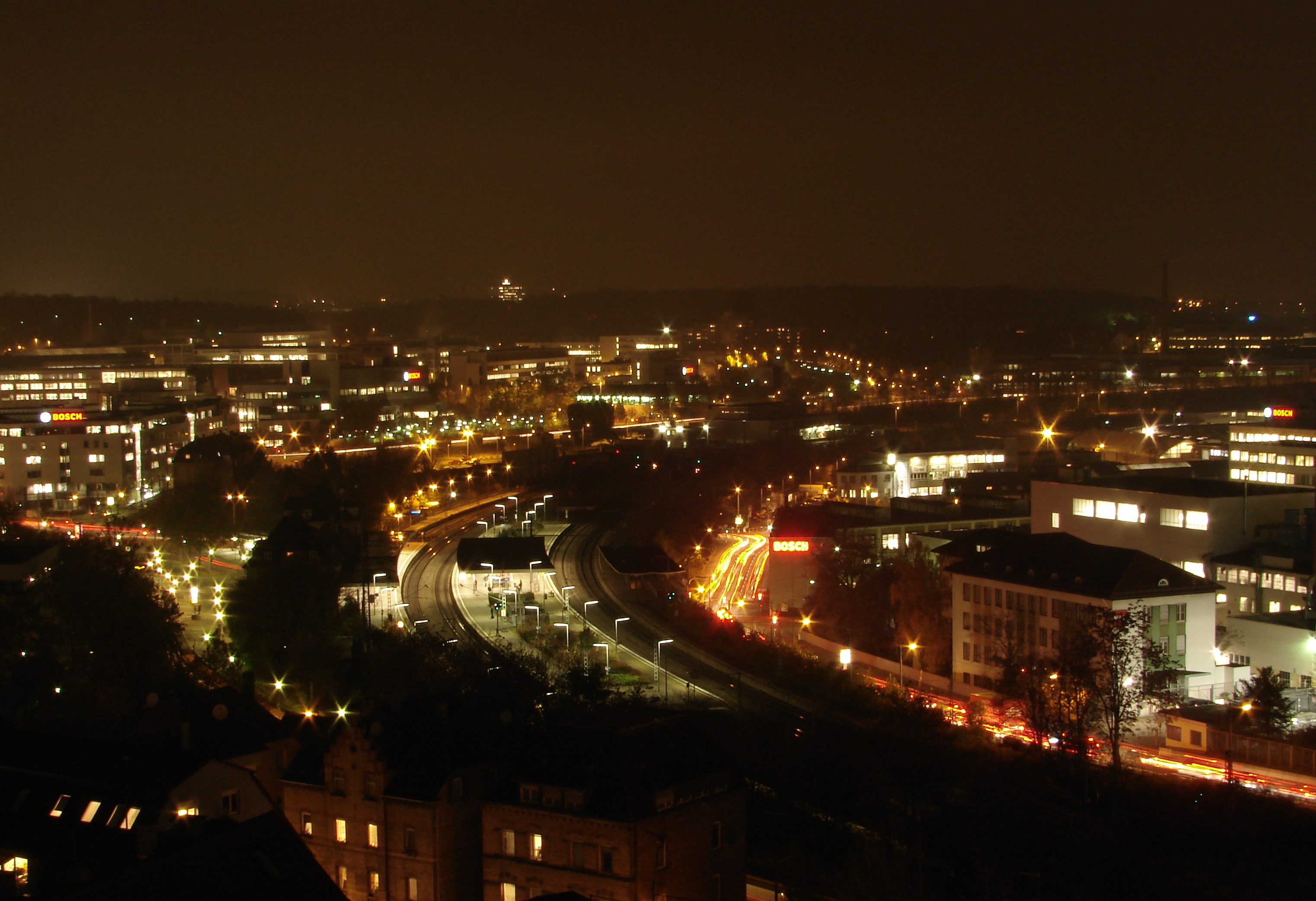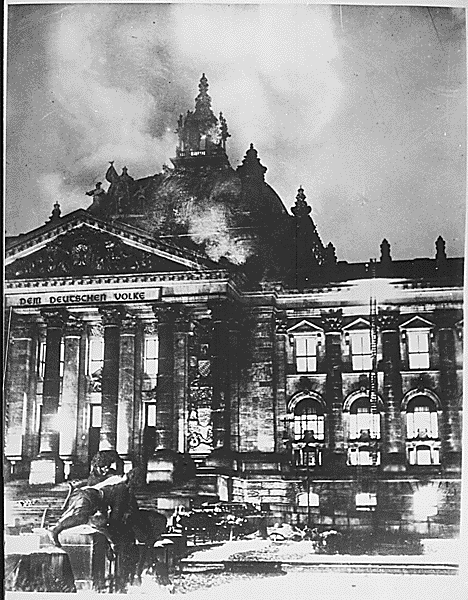|
Weilimdorf
Weilimdorf () until 1955 known as "Weil im Dorf," is the north-western borough (Stadtbezirk) of the German city and capital of Baden-Württemberg, Stuttgart. Weilimdorf, covering an area of with a population of around 30,000, borders the Stadtbezirke of Zuffenhausen, Feuerbach, Stuttgart-West, and the towns of Gerlingen, Ditzingen, and Korntal-Münchingen in the Ludwigsburg district. Weilimdorf became part of Stuttgart in 1933 amidst the hardship of the economic instability of the 30s in Germany. The city district is made up by six Stadtteile: ''Weilimdorf'' (with more than 50% of the population), ''Bergheim'', ''Giebel'', ''Hausen'', ''Weilimdorf-Nord'' and ''Wolfbusch'' and is home to an expanding commercial area. Notable architecture includes Castle Solitude, the 15th Century Oswald Church and the Löwen-Markt, the modern center of Weilimdorf. Geography Weilimdorf, located from Stuttgart city center, sits on the southeastern edge of the Strohgäu. The district covers an ar ... [...More Info...] [...Related Items...] OR: [Wikipedia] [Google] [Baidu] |
Zuffenhausen
Zuffenhausen is one of three northernmost boroughs of the city of Stuttgart, capital of the German state of Baden-Württemberg. The borough is primarily an incorporation of the formerly independent townships Zuffenhausen, Zazenhausen, Neuwirtshaus, and Rot, the latter is a historic town that gained importance in 1945 as a refugee camp for German refugees. As of 2009 around 35,000 people lived in Zuffenhausen's area of , making it the third largest of Stuttgart's outer boroughs. Zuffenhausen is also one of the oldest continuously inhabited places in Stuttgart with evidence of permanent settlements that can be traced back 7,500 years. The etymological roots of "Zuffenhausen" are assumed to be found in the name of a seventh century Alemanni settler "''Uffo''" or "''Offo''". The oldest known official denotation as a property of Bebenhausen Abbey by Pope Innocent III dates to May 18, 1204. Zuffenhausen was proclaimed a city in 1907, yet soon financially badly affected by the Great Dep ... [...More Info...] [...Related Items...] OR: [Wikipedia] [Google] [Baidu] |
Stuttgart-Feuerbach
Feuerbach is a borough (''Stadtbezirk'') of the city of Stuttgart. Its name is derived from the small river of the same name that flows from the neighboring district of Botnang through Feuerbach. Feuerbach is home to one of Germany's biggest industrial giants and is surrounded by the districts of Zuffenhausen, Bad Cannstatt, Stuttgart-North, Stuttgart-West, Botnang and Weilimdorf. History The remains of a prehistoric settlement were uncovered in 1904, when the pastor of Feuerbach, Richard Kallee excavated, archeologically documented and published a total of 102 Alemannic sandstone tombs and cists. Heinz Krämer: Fertig Feuerbach! Richard Kallee, Pfarrer und Geschichtsforscher '' in German, DRW Verlag, Leinfelden-Echterdingen, 2004, . Was die alten Steine in Feuerbach erzählen'' in German, 1923. Together with his helpers he took great care to recover 760 artifacts from these Alemannic graves: skulls and bones, coins, pottery shards, combs, necklaces, belts, locks, swords, sp ... [...More Info...] [...Related Items...] OR: [Wikipedia] [Google] [Baidu] |
Stuttgart
Stuttgart (; Swabian: ; ) is the capital and largest city of the German state of Baden-Württemberg. It is located on the Neckar river in a fertile valley known as the ''Stuttgarter Kessel'' (Stuttgart Cauldron) and lies an hour from the Swabian Jura and the Black Forest. Stuttgart has a population of 635,911, making it the sixth largest city in Germany. 2.8 million people live in the city's administrative region and 5.3 million people in its metropolitan area, making it the fourth largest metropolitan area in Germany. The city and metropolitan area are consistently ranked among the top 20 European metropolitan areas by GDP; Mercer listed Stuttgart as 21st on its 2015 list of cities by quality of living; innovation agency 2thinknow ranked the city 24th globally out of 442 cities in its Innovation Cities Index; and the Globalization and World Cities Research Network ranked the city as a Beta-status global city in their 2020 survey. Stuttgart was one of the host cities ... [...More Info...] [...Related Items...] OR: [Wikipedia] [Google] [Baidu] |
Ditzingen
Ditzingen ( Swabian: ''Ditzenge'') is a town in the district of Ludwigsburg, Baden-Württemberg, Germany. It is located approximately 10 km northwest of Stuttgart, and 12 km southwest of Ludwigsburg. The Hirschlanden transmitter was located near Ditzingen-Hirschlanden. Ditzingen is the home of Bürger GmbH, Reclam and also Trumpf GmbH. Geography Geographic Location Ditzingen is located in the southwestern Neckar basin in the Strohgäu at the transition to the so-called ''Long Field''. The urban area lies between the Strudelbach in the west and the Glems in the east. The Glems, a right tributary of the Enz River, flows through the center of Ditzingen. The city center is on the right of the river. The Glems formerly formed the tribal border of the Swabians and Franks and was also the border of the two dioceses Roman Catholic Diocese of Speyer and Bishopric of Constance. Neighboring communities The following cities and municipalities adjoin the city of Ditzi ... [...More Info...] [...Related Items...] OR: [Wikipedia] [Google] [Baidu] |
Stuttgart (region)
Stuttgart is one of the four administrative districts (Regierungsbezirke) of Baden-Württemberg, Germany, located in the north-east of the state of Baden-Württemberg, in the southwestern part of Germany. It is sub-divided into the three regions: Heilbronn-Franken, Ostwürttemberg and Stuttgart. The districts of Böblingen, Esslingen, Ludwigsburg, Rems-Murr and Göppingen form with the city of Stuttgart the Verband Region Stuttgart Stuttgart Region (Baden-Württemberg, Germany) is an urban agglomeration at the heart of the Stuttgart Metropolitan Region. It consists of the city of Stuttgart and the surrounding districts of Ludwigsburg, Esslingen, Böblingen, Rems-Murr and ... with a directly elected regional assembly (Regionalversammlung). Economy The Gross domestic product (GDP) of the region was 213.4 billion € in 2018, accounting for 6.4% of German economic output. GDP per capita adjusted for purchasing power was 47,400 € or 157% of the EU27 average in the same ye ... [...More Info...] [...Related Items...] OR: [Wikipedia] [Google] [Baidu] |
1933 In Germany
Events in the year 1933 in Germany. Incumbents National level * President: Paul von Hindenburg * Chancellor: **Kurt von Schleicher (until 28 January 1933) **Adolf Hitler (from 30 January 1933) Events In Germany * 30 January – Nazi leader Adolf Hitler is appointed Chancellor of Germany by President of Germany Paul von Hindenburg. * 1 February – Adolf Hitler gives his "Proclamation to the German People" in Berlin. * 27 February – The Reichstag, Germany's parliament building in Berlin, is set on fire under controversial circumstances. * 28 February – The Reichstag Fire Decree is passed in response to the Reichstag fire, nullifying many German civil liberties. * 1 March – Hundreds are arrested as the Nazis round up their political opponents. * 5 March – German federal election, March 1933: National Socialists gain 43.9% of the votes. * 8 March – Nazis occupy the Bavarian State Parliament and expel deputies. * 12 March – Hindenburg bans the flag of the repub ... [...More Info...] [...Related Items...] OR: [Wikipedia] [Google] [Baidu] |
Stuttgart-Center
Stuttgart-Center (german: link=no, Stuttgart-Mitte) is one of the five inner boroughs of the Germany city of Stuttgart. It is located at the very center, between Stuttgart-North, West, East and South, of the city on the banks of the Neckar about an hour from the Black forest. Geography Stuttgart-Center is located lies an hour from the Black Forest and a similar distance from the Swabian Jura mountains. Stuttgart lies inside a fertile valley known as the Stuttgarter Kessel (''Stuttgart cauldron'') whose boundaries are politically the four other districts (North, West, East, and South) bordering it, and physically the woodlands around it. The Neckar flows through the center of the valley. A few of the district's notable landmarks are the Old Castle (Stuttgart) and the Staatsoper Stuttgart. History Duke Liudolf of Swabia is believed to have founded Stuttgart in 950 AD during the Hungarian invasions of Europe, just before the Battle of Lechfeld, around a stud farm. This particul ... [...More Info...] [...Related Items...] OR: [Wikipedia] [Google] [Baidu] |
City Center
A city centre is the commercial, cultural and often the historical, political, and geographic heart of a city. The term "city centre" is primarily used in British English, and closely equivalent terms exist in other languages, such as "" in French, in German, or ''shìzhōngxīn'' () in Chinese. In the United States, the term "downtown" is generally used, though a few cities, like Philadelphia, use the term "Center City", while others such as Portland use the term “City Center". Overview and related concepts The city centre is the (often historical) area of a city where commerce, entertainment, shopping, and political power are concentrated. The term is commonly used in many English-speaking countries and has direct equivalents in many other languages. However, noticeably, in the United States, the term "downtown" is commonly used to denote a city centre, and in Canada the terms "city centre" and "downtown" are used interchangeably, most notable in the modern, purpose-built c ... [...More Info...] [...Related Items...] OR: [Wikipedia] [Google] [Baidu] |
Castle Solitude
Solitude Palace () is a Rococo ''schloss'' and hunting retreat commissioned by Charles Eugene, Duke of Württemberg. It was designed by and Philippe de La Guêpière, and constructed from 1764 to 1769. It is located on an elongated ridge between the towns of Leonberg, Gerlingen and Stuttgart in Baden-Württemberg. History Charles Eugene von Württemberg succeeded his father Charles Alexander as Duke of Württemberg in 1737, when he was only nine. The Duchy of Württemberg was ruled by a regency council until 1744, when Charles Eugene reached the age of majority at 16. His reign would be marked by economic difficulty, political strife, and extravagance. By the 1760s, Charles Eugene's policies and ambitions had met with failure. He had failed to achieve increased rank and prestige from the War of the Austrian Succession or the Seven Years' War, and had diplomatically isolated Württemberg because of his jostling and means of acquiring war funds. He had repeatedly withdrawn ... [...More Info...] [...Related Items...] OR: [Wikipedia] [Google] [Baidu] |
Stadtteil
A quarter is a section of an urban settlement. A quarter can be administratively defined and its borders officially designated, and it may have its own administrative structure (subordinate to that of the city, town or other urban area). Such a division is particularly common in countries like Italy (), France (), Romania (), Georgia (, ''k'vart'ali''), Bulgaria ( bg, квартал, kvartal, Serbia ( / ), Croatia (). It may be denoted as a borough (in English-speaking countries), Spain (''barrio''), Portugal/Brazil (); or some other term (e.g. Poland (), Germany (), and Cambodia ( ''sangkat''). Quarter can also refer to a non-administrative but distinct neighbourhood with its own character: for example, a slum quarter. It is often used for a district connected with a particular group of people: for instance, some cities are said to have Jewish quarters, diplomatic quarters or Bohemian quarters. The Old City of Jerusalem currently has four quarters: the Muslim Quarter, Chr ... [...More Info...] [...Related Items...] OR: [Wikipedia] [Google] [Baidu] |



_Mitteltrakt_der_Südseite.jpg)
